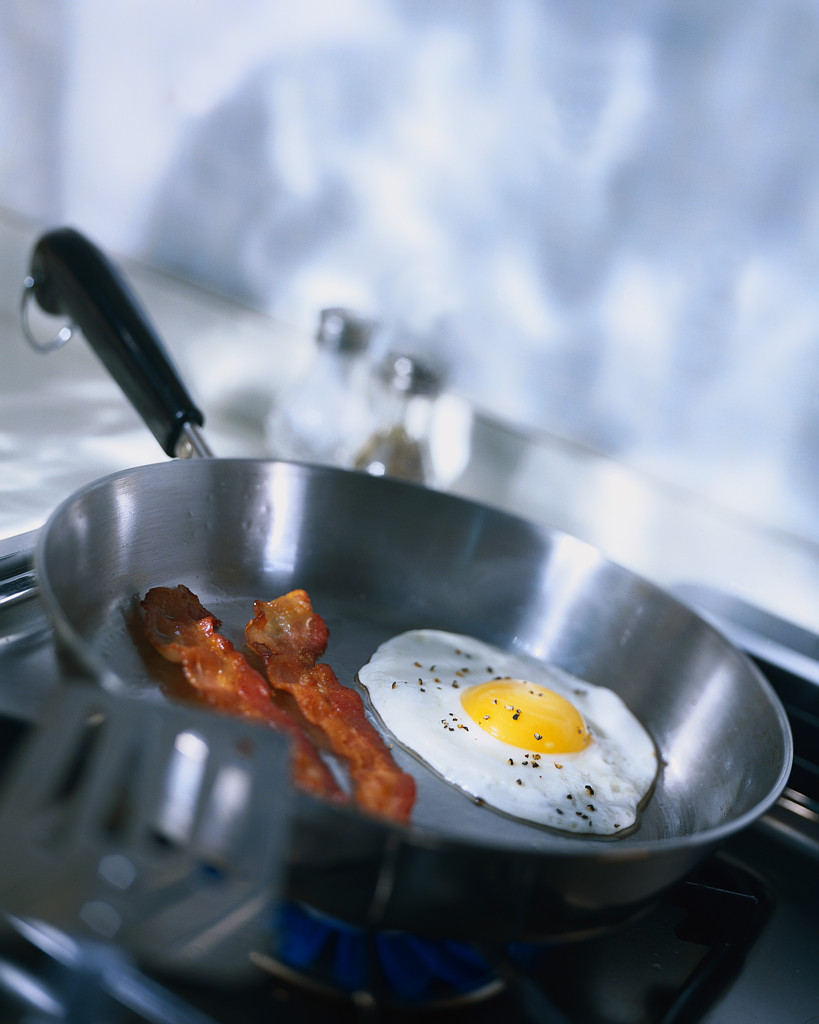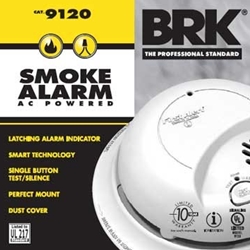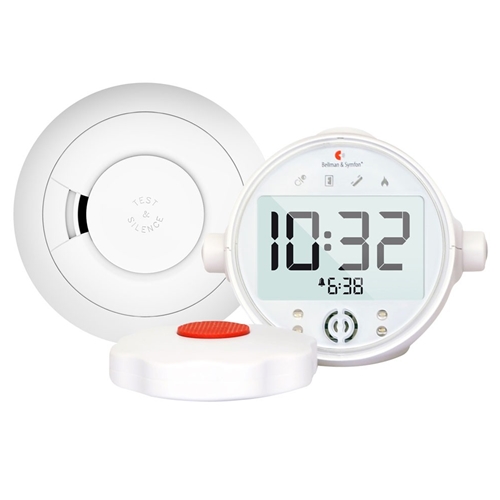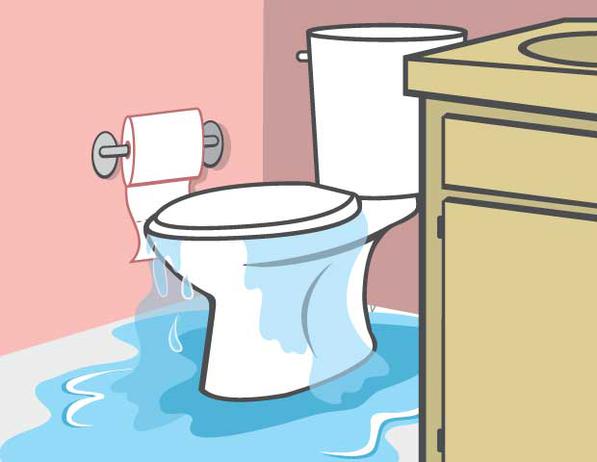 Have you ever accidently set off the kitchen smoke detector while cooking dinner? When this happens, most people, just reach up and yank out the battery or disable the alarm to silence the annoying screech. But they often forget to reconnect the alarm later on, putting everyone at risk if there’s an actual fire. It is much safer to use a type of smoke detector that is less likely to produce “nuisance alarms” in the kitchen.
Have you ever accidently set off the kitchen smoke detector while cooking dinner? When this happens, most people, just reach up and yank out the battery or disable the alarm to silence the annoying screech. But they often forget to reconnect the alarm later on, putting everyone at risk if there’s an actual fire. It is much safer to use a type of smoke detector that is less likely to produce “nuisance alarms” in the kitchen.
Types of Smoke Detectors
Although there are many different brands of smoke detectors, there are two basic types: ionization and photoelectric. Within the fire protection and prevention industry, it is recognized that neither sensor type is universally better at detecting all types of fires. That’s because each sensor operates on a different principle and may therefore respond differently to various conditions.
Ionization Smoke Detectors This type responds more quickly to flaming fires with smaller combustion particles, such as paper burning. It is generally less expensive.
How they work: Ionization-type smoke detectors have a small amount of radioactive material between two electrically charged plates, which ionize the air and causes current to flow between the plates. When smoke enters the chamber, it disrupts the flow of ions, thus reducing the flow of current and activating the alarm.
Photoelectric Smoke Detectors This type is more responsive to fires that begin with a long period of smoldering, such as a cigarette burning in a couch or bedding.
How they work: Photoelectric-type alarms aim a light source into a sensing chamber at an angle away from the sensor. Smoke enters the chamber, reflecting light onto the light sensor; triggering the alarm.
Use Both Types of Smoke Detectors
Although ionization alarms are more likely to sound an alarm from normal cooking due to their sensitivity to minute smoke particles, there so many variables associated with kitchen nuisance alarms that it is difficult to say which type of smoke detector is better for kitchen use. These variables include the smoke detector brand, variations in sensitivities of older units, the cooking activity, air currents and the device location.
The bottom line is that ionization and photoelectric smoke detectors are each better at detecting distinctly different — yet potentially fatal — fires. And, since no one can predict what type of fire might start in the kitchen, the U.S. Fire Administration recommends that homeowners use both ionization AND photoelectric smoke detectors. For added convenience, combination smoke and carbon monoxide detectors are also available, such as the Gentex GN-503F Combo Smoke & CO Alarm.
Location of Kitchen Smoke Detector is Important
One out of three home fires begins in the kitchen — more than any other place in the home. Kitchens are a top priority when choosing locations for smoke detectors. Put one either inside or just outside the kitchen. If cooking fumes or steam repeatedly set off nuisance alarms in the kitchen, install a smoke detector with a “hush” button, like the BRK Electronics 9120 Smoke Alarm. The hush button reduces the alarm’s sensitivity for a short period of time.
Kitchen Smoke Detector Installation Tips
The National Fire Prevention Association offers these tips for installing smoke detectors in the home:
- To prevent nuisance alarms in the kitchen, smoke detectors should be located at least 10 feet (3 meters) from cooking appliances.
- Install smoke detectors on every level of your home, including the basement, and outside every separate sleeping area. New homes are required to have a smoke alarm in every sleeping room and all smoke detectors must be interconnected. The BRK SC7010B Smoke and Carbon Dioxide Combo Alarm is an example of a smoke alarm that is designed for interconnection.
- Hard-wired smoke detectors, which operate on A/C current and can be interconnected so that every alarm sounds regardless of the fire’s location, give occupants extra time to escape if they are in one place in the home and a fire breaks out elsewhere.

- If you or someone in your home is deaf or hard of hearing, consider installing an alarm that combines flashing strobe lights, vibration and/or sound. Some special smoke detectors for the hearing impaired, like the Bellman & Symfon Visit Smoke Alarm transmitter, have all three alerting methods.
- Mount smoke detectors high on walls or ceilings (remember, smoke rises). Ceiling mounted alarms should be installed at least four inches away from the nearest wall; wall-mounted alarms should be installed four to 12 inches away from the ceiling.
- If you have ceilings that are pitched, install the alarm near the ceiling’s highest point.
- Don’t install smoke detectors near windows, doors, or ducts where drafts might interfere with their operation.
Ultimate Protection
For ultimate protection against catastrophic fires in your kitchen and home, hook up hard wired, interconnected smoke detectors to your security system so you will be alerted of a fire whether you are present or away. If your home is not equipped with a security system, you can install a DIY autodialer system like the Sensaphone 400 Cottagesitter with smoke detector sensors to monitor your property 24/7. If there is an emergency, like a fire, the Sensaphone 400 will notify you immediately by phone.
Lastly, make a fire escape plan for your family and practice your routine. Remember that you have only minutes to get out of the house safely when the smoke detector sounds!



